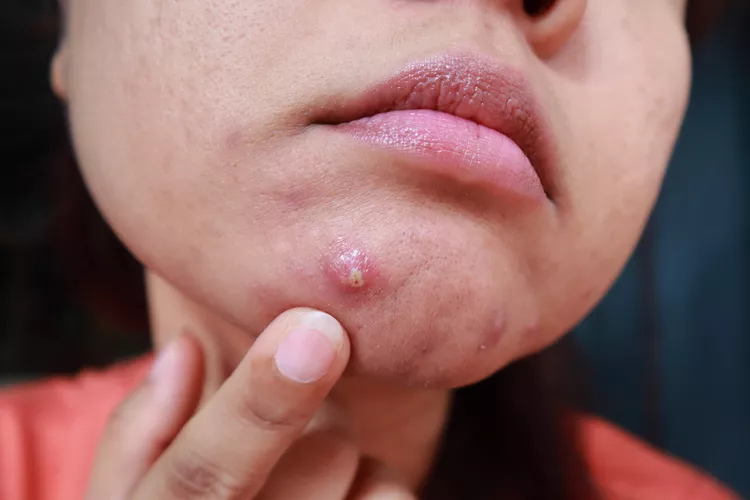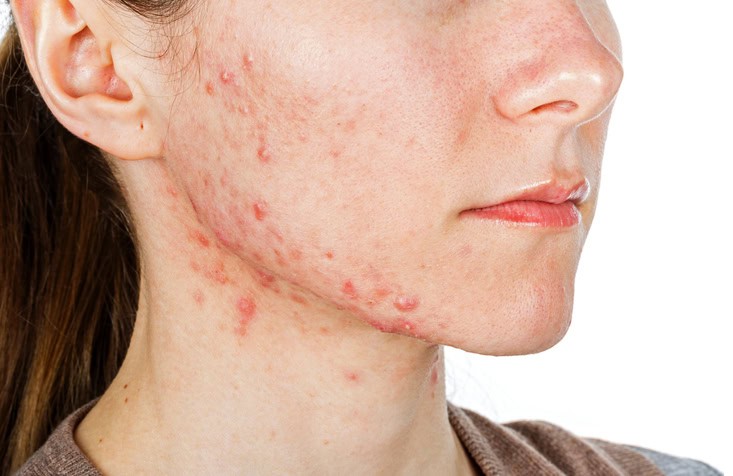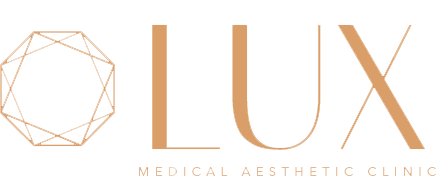Are you seeing small, red lumps on your face that feel tender when you press them? Or did you notice an increase in blackheads and whiteheads? Are you wondering if you have cystic or hormonal acne?
This blog explains cystic and hormonal acne, exploring their characteristics, causes and treatment options. Understanding the differences between the two is important for managing acne and reducing flare-ups. By the end of this blog, you’ll have a clearer understanding of these skin issues and their treatment approaches.
What is Cystic Acne?

Cystic acne is a severe form of acne. It occurs when hair follicles become clogged with sebum, dead skin cells and bacteria, leading to large, inflamed, pus-filled cysts that form deeper in the skin. These cysts are painful, may last for weeks or months, and can increase the likelihood of scarring.
What is Hormonal Acne?

Hormonal acne is linked to fluctuations in hormones, particularly androgens like testosterone. These changes can increase oil production, which may lead to clogged pores. Hormonal acne typically appears as smaller, inflamed lesions around the chin and jawline, especially during periods of hormonal fluctuation.
Cystic Acne vs Hormonal Acne: The Differences
Understanding the differences between cystic and hormonal acne is key to finding the right acne treatment options. Here’s a quick comparison:
| Aspect | Cystic Acne | Hormonal Acne |
|---|---|---|
| Characteristics | Deep, painful cysts beneath the skin | Smaller, inflamed lesions often linked to hormonal changes |
| Causes | Excess oil, clogged pores, genetics | Hormonal fluctuations, stress, diet |
Here is a more detailed breakdown of the key differences between cystic and hormonal acne:
Characteristics
Cystic acne is characterised by deep, painful cysts that develop beneath the skin’s surface. These lesions are often filled with pus and may cause discomfort. The affected areas can appear swollen and red, with cysts that persist for weeks or months.
Hormonal acne generally appears as smaller, inflamed spots linked to hormonal changes, such as those experienced during menstruation. It commonly develops on the lower face, such as the chin and jawline, and may fluctuate in intensity with the menstrual cycle.
Causes
The causes of cystic acne include excess oil production, clogged pores, and genetic factors. These factors create conditions that allow bacteria to multiply, which can cause inflammation and cyst formation.
Hormonal fluctuations, stress, and diet often contribute to hormonal acne. These changes can increase oil production, leading to clogged pores and breakouts. Stress may worsen hormonal imbalances, while certain dietary choices could influence hormone levels and skin health.
Understanding the causes of each type may help in managing acne and reducing flare-ups. Recognising triggers such as stress or diet can also support healthier skin habits.
How to Treat Scars from Cystic or Hormonal Acne

Scars from adult acne can be a source of frustration long after the blemishes have disappeared. Fortunately, several treatments can help reduce their appearance. Here are some of them:
Chemical Peels
This treatment involves the application of a chemical solution, such as alpha or beta hydroxy acids, that exfoliates the outermost layers of the skin. This process helps remove damaged skin cells, reduce blemishes and promote the growth of new, healthier skin cells.
Laser Therapy
Laser therapy uses focused beams of light to target specific skin layers. It may stimulate collagen production, which can support skin elasticity and improve the appearance of certain skin concerns. Laser therapy is sometimes used to address issues such as age spots, wrinkles, or acne scars.
Microneedling
This procedure involves creating tiny, controlled punctures in the skin using fine needles. It may stimulate the skin’s natural healing response and encourage collagen and elastin production. Microneedling is sometimes used with the aim of improving skin texture, firmness, and concerns such as acne scars, large pores, or stretch marks.
As each option has different considerations, it’s important to speak with a qualified healthcare professional to determine which treatment may be suitable.
How to Prevent Cystic and Hormonal Acne
Preventing acne requires a combination of good skincare practices and lifestyle choices:
- Maintain a healthy skincare routine. For healthier skin, use gentle cleansers that remove dirt without stripping natural oils. Opt for non-comedogenic products that are less likely to clog pores. Avoid harsh scrubs and over-washing, as these can irritate the skin and aggravate acne.
- Consume a balanced diet. A diet rich in fruits, vegetables, lean proteins, and whole grains provides nutrients that play a role in overall health and may support skin function. Some studies suggest that limiting high-glycemic foods, such as sugary snacks and refined carbs, or dairy, may help some individuals who notice breakouts linked to these foods.
- Manage stress. Stress is sometimes associated with acne flare-ups. Techniques like yoga, meditation, or deep breathing may help manage stress levels and support overall well-being.
Incorporating these habits into your routine can reduce the risk of acne flare-ups and promote clearer skin.
Is Hormonal Acne Always Cystic?
No, hormonal acne is not always cystic. While hormonal changes can sometimes lead to cystic acne, hormonal acne may also appear as smaller inflamed spots. The severity and presentation of both types can vary depending on factors such as hormonal balance, lifestyle, and genetics.
Can You Have Both Types Simultaneously?
Yes, it’s possible to experience both cystic and hormonal acne at the same time. Hormonal fluctuations may contribute to the development of cystic acne. For example, during hormonal shifts such as puberty, pregnancy, or menstrual cycles, some individuals may notice features of both types. Recognising these patterns may help in better understanding the condition and discussing management options with a healthcare professional.
When to Seek Professional Help
If acne persists or leads to scarring, it may be time to consult a doctor for further evaluation. Persistent or severe acne can sometimes indicate underlying health issues, such as hormonal imbalances, which may require medical attention. A healthcare professional can help diagnose possible contributing factors and may recommend prescription treatments, such as oral medications or procedures like laser treatments or chemical peels.
Doctors may also suggest lifestyle changes, dietary adjustments, or specific skincare routines to help manage acne. Seeking professional advice ensures that management plans are guided by medical assessment.
If you’d like to learn more about the services at Lux Medical Aesthetic Clinic, you can reach us via our Contact Us page.
Conclusion
Cystic and hormonal acne may look similar, but they develop for different reasons and can present in different ways. Recognising these differences may help you better understand your skin and the factors that affect it.
While general skincare habits and lifestyle choices can play a role in prevention and management, persistent or severe acne should be assessed by a healthcare professional. Professional advice can help identify contributing factors and guide suitable options for care.
Acne is a common concern, and staying informed is an important step towards managing it with confidence. By building awareness of its causes, characteristics, and management strategies, you’ll be better prepared to make thoughtful decisions about your skin health.





